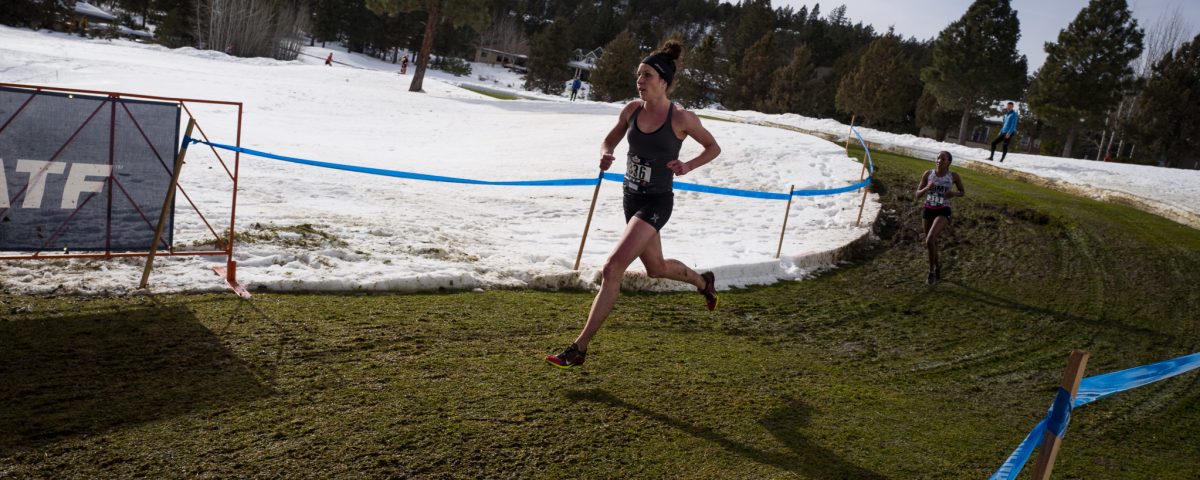
Ray Cronise on Cold Thermogenesis, Intermittent Fasting, Weight Loss and Healthspan
August 29, 2017
Everyone Should Make Time for Objective Driven Exercise
November 21, 2017I Treat Every Patient Like an Elite Athlete
by Dr. Selina Sekulic
Final Kick Ankle & Foot
Every patient who walks into my clinic is treated like an elite athlete who has goals and untapped potential. As a result, I have their attention when discussing meaningful fitness and dietary changes for healing and overall wellness. I prefer to approach healthcare as means of optimizing peak performance, as opposed to the conventional health care model of managing a patient’s current state of diminishing health. As an ankle and foot expert, starting from the ground up is critical to building a strong foundation for healthcare reform.
When a middle-aged patient walks into my clinic, I love to inquire about their sports background. Without hesitation, they reminisce about their glory days of training back in high school or college. From there, I can segue into how they should tap back into that inner athlete mindset in order to make exercise meaningful and routine. In Time Magazine The Science of Exercise, Mandy Oaklander writes in her article “The New Science of Exercise” that in the early 1900s, “Physical Activity was no longer the medicine of the masses but the privilege of elite athletes”. The problem with healthcare is that many patients and doctors still regard strenuous exercise as conductive to a very small portion of the population. Far too often, patients are erroneously advised by their health care providers to tone down their level of competition or personal goals. These patients are likely seeing their provider for an injury that does require a bit of downtime. However, once the injury is managed appropriately, I do not hesitate to send patients back to their preferred level of activities. Every patient who walks into my office has access to the same advanced technology and treatment options. Everyone also gets a bit of coaching on dietary changes to decrease systemic inflammation to promote injury healing. The healthy dietary changes they make to heal their injuries, will also carry over to better cognition and overall wellness.
I also treat a lot of obese children who are struggling to perform well in sports due to foot pain. I assess their deformities and treat their pain, but I also address their obesity problem. I have a comprehensive discussion with both the child and parents to encourage better dietary habits and more physical activity—outside of the few hours each week they spend in organized sports. The parents always agree with my recommendations, and they are grateful that a doctor is discussing their child’s obesity problem. Often times, the obesity problem is contributing to not only their foot pain, but also a self-esteem issue. When having a goal oriented discussion with the child about how much potential they could have in their sports with simple lifestyle changes, they are fully attentive. No child wants to have foot pain, and most have high aspirations to be great athletes. They appreciate that I can be a resource to help drive the process.
If patient care is objective driven, they are more likely to be compliant with my recommendations. Talking to patients as if they are athletes with a clear physical objective helps us map out a treatment plan, while motivating meaningful change and compliance. My goal for every patient is to achieve peak performance starting from the ground up. I can offer my patients the best protocol for healing their ankle or foot injury, but if they don’t make lifestyle changes, then they are likely setting themselves up for delayed healing or subsequent injuries.



